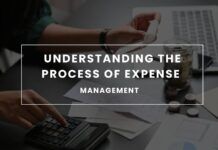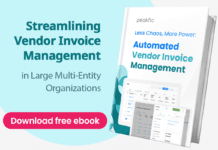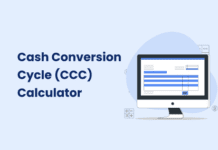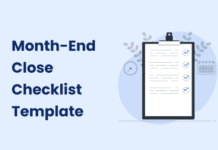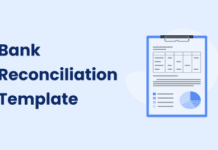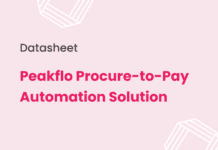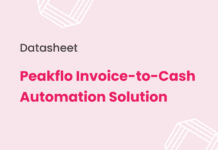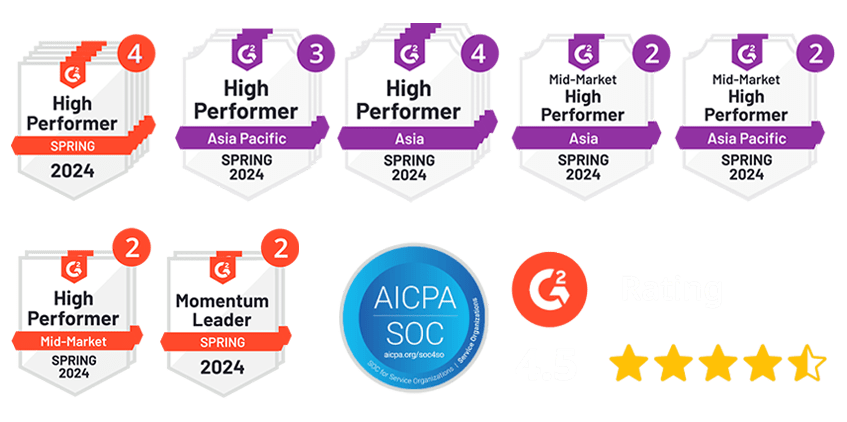Are you keeping track of every dollar your business spends? Many companies struggle to track business expenses, leading to budget overruns and financial stress.
In the US, businesses must maintain accurate records to manage cash flow, reduce tax burdens, and comply with financial regulations. Poor expense tracking can cause missed tax deductions, overspending, and cash shortages. Without clear visibility into spending, decision-making becomes difficult, and profits suffer.
By tracking business expenses correctly, companies can control costs, identify wasteful spending, and plan for future growth. It also ensures smooth audits, easier tax filing, and better financial stability.
In this guide, you’ll learn about different types of business expenses, the benefits of tracking them, and seven simple steps to keep your finances in order.
Common Types of Business Expenses
Reducing expenses is one of the easiest ways to improve your bottom line. When you track business expenses, you can spot unnecessary spending and cut costs without lowering the quality of your product or service. To do this effectively, you need to understand the different types of business expenses you incur each month.
Here are some of the most common business expenses:
- General and Administrative (G&A) Expenses: These are operating costs not tied to production or sales. They include rent, utilities, office supplies, insurance, and administrative salaries.
- Cost of Goods Sold (COGS): Expenses directly related to producing or delivering your products or services. COGS includes raw materials, direct labor, and hosting costs for software businesses.
- Selling Expenses: These costs come from promoting and selling your business. They include advertising, sales commissions, and marketing expenses.
Tracking these expenses helps businesses stay financially stable. Next, let’s have a look at the benefits of business expense tracking.
Benefits of Business Expense Tracking
Tracking business expenses helps you maintain financial control and make better decisions. Here are five key benefits:
- Gain an accurate view of business performance: Knowing where your money goes helps you assess profitability and make informed financial decisions.
- Identify and fix spending issues: Tracking expenses allows you to spot unnecessary costs and cut waste before it affects your bottom line.
- Stay within budget: Keeping records of expenses helps you compare actual spending with your budget, preventing overspending.
- Improve cash flow management: Understanding your expenses ensures you have enough funds to cover essential costs and avoid cash shortages.
- Simplify tax preparation: Organized expense records make it easier to claim deductions, reduce taxable income, and stay compliant.
Now, let’s go over seven simple steps to track business expenses effectively.
How to Track Business Expenses
Tracking expenses properly ensures financial stability and helps businesses avoid unnecessary costs. Follow these seven steps to keep your expenses organized and under control.
1. Get a Business Bank Account and Credit Card
Keeping business and personal finances separate simplifies bookkeeping and tax filing. Open a business bank account with features like online banking and accounting software integration.
A business credit card further separates expenses while helping build your business credit score. A strong credit score can:
- Improve access to funding and credit lines
- Offer better interest rates on loans and cards
- Enhance credibility with investors and lenders
2. Use a Business Expense Tracker
Manual bookkeeping is time-consuming and prone to errors. Using accounting or spend management software automates expense tracking, improves accuracy, and provides real-time visibility.
Look for a platform that automatically records expenses, categorizes transactions, matches receipts to payments, and integrates with accounting software.
3. Connect Your Financial Institutions with Accounting Software
Linking your business bank account and credit card to accounting software enables automatic transaction imports. It improves real-time tracking and simplifies account reconciliation.
Automated tracking reduces manual data entry, speeds up month-end closing, and ensures accurate financial records.
4. Choose Between Cash or Accrual Accounting
Accounting software allows you to select between two accounting methods:
- Cash accounting: Records income and expenses when cash is received or paid.
- Accrual accounting: Recognizes revenue when earned and expenses when incurred.
Accrual accounting follows Generally Accepted Accounting Principles (GAAP) and is required for businesses planning to raise capital or go public.
5. Implement an Expense Policy
A clear expense policy sets spending guidelines, reduces financial risks, ensures employees follow spending rules, and simplifies reimbursements.
An effective expense policy should define allowable expenses, set spending limits, outline the approval process, and require receipts for reimbursements.
6. Categorize Expenses and File Receipts
Organizing expenses into categories simplifies tax reporting and budgeting. The IRS requires businesses to keep financial records, including receipts, for at least three years.
Spend management software with receipt storage ensures compliance and facilitates audits. It allows businesses to store digital copies of receipts, auto-categorize transactions, and generate detailed expense reports.
7. Monitor Spending at Macro and Micro Levels
Reviewing expenses at high and detailed levels regularly helps control spending. Spend management software provides insights by breaking down expenses by category, vendor, or department.
Key benefits include:
- Comparing actual spending to budgets
- Identifying cost-saving opportunities
- Tracking employee and department expenses
Proper expense tracking prevents overspending and improves financial health. Now, let’s look at how Peakflo can simplify this process for your business.
How Peakflo Can Help You Track Business Expenses
Manual tracking of business expenses can be time-consuming and error-prone. Peakflo automates key financial processes, ensuring accurate records and improved cash flow.
Here’s how Peakflo simplifies expense tracking:
- Set Clear Spending Rules with Configurable Policies: Define expense rules that match your company’s guidelines. It prevents unnecessary spending and ensures employees follow approved budgets.
- Categorize Expenses Dynamically: Sort expenses into flexible categories based on business needs. This makes it easier to track spending and generate accurate financial reports.
- Automate Expense Submissions and Reimbursements: Peakflo automates travel and business expense submissions, reducing manual work. Employees can submit expenses effortlessly, and finance teams can process reimbursements faster.
- Streamline Travel Requests: Employees can create and submit travel requests that align with company policies. This ensures approvals happen faster, and travel expenses remain within budget.
- Monitor Expenses in Real Time: The tool provides visibility into business spending in real-time. Finance teams can track expenses as they occur, improving accuracy and compliance.
- Customize Approval Workflows: Set up customized approval flows based on expense types, employee roles, or spending limits. It speeds up approvals while maintaining control over business expenses.
- Ensure Policy Compliance with Automated Checks: The software automatically flags non-compliant expenses, enforcing company policies without extra manual work. This reduces financial risks and ensures employees follow spending rules.
- Detect Expense Anomaly Instantly: Spot duplicate or out-of-policy expenses with built-in AI-powered anomaly detection. Finance teams get instant alerts, helping them prevent fraud and unauthorized spending.
- Seamless Integration with Accounting Software: It connects with popular ERP and accounting software, ensuring smooth data synchronization. This eliminates manual data entry and keeps financial workflows efficient.
Peakflo automates and simplifies expense tracking, reducing errors and saving time. With better control over expenses, businesses can make smarter financial decisions and improve cash flow.
Conclusion
Tracking business expenses helps businesses maintain financial stability and make better decisions. Understanding expense categories like G&A costs, COGS, and selling expenses provides clarity on where the money goes. Proper tracking improves cash flow, prevents overspending, and simplifies tax preparation.
Following key steps, such as using a business bank account, automating expense tracking, and categorizing receipts, ensures accurate records. Implementing an expense policy and monitoring spending regularly further strengthens financial control.
Accurate expense tracking leads to better financial decisions and a healthier business. Book a demo today to see how Peakflo can simplify your process.

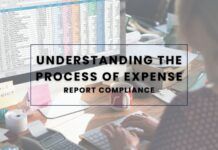







![Why AI Sales Calls Are Making Good Sales Reps Even Better [2025 Guide] ai sales calls](https://cdn-kmjmp.nitrocdn.com/YvtqmrsiHUxqerlSiZgbfzqqTARWTElr/assets/images/optimized/rev-834053b/blog.peakflo.co/wp-content/uploads/2025/09/65168cf6-3001-4733-8cbc-12d5684cf449-218x150.webp)




